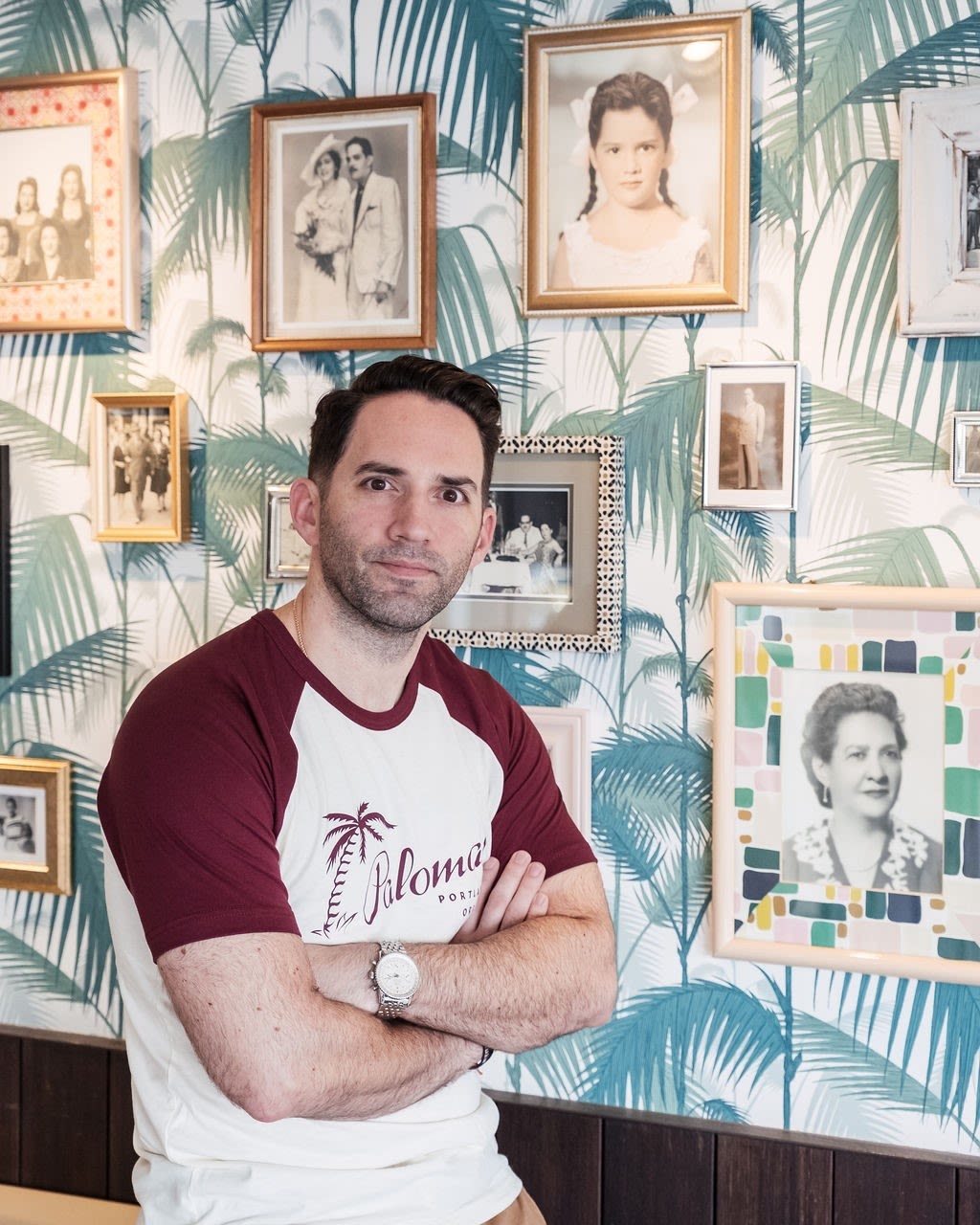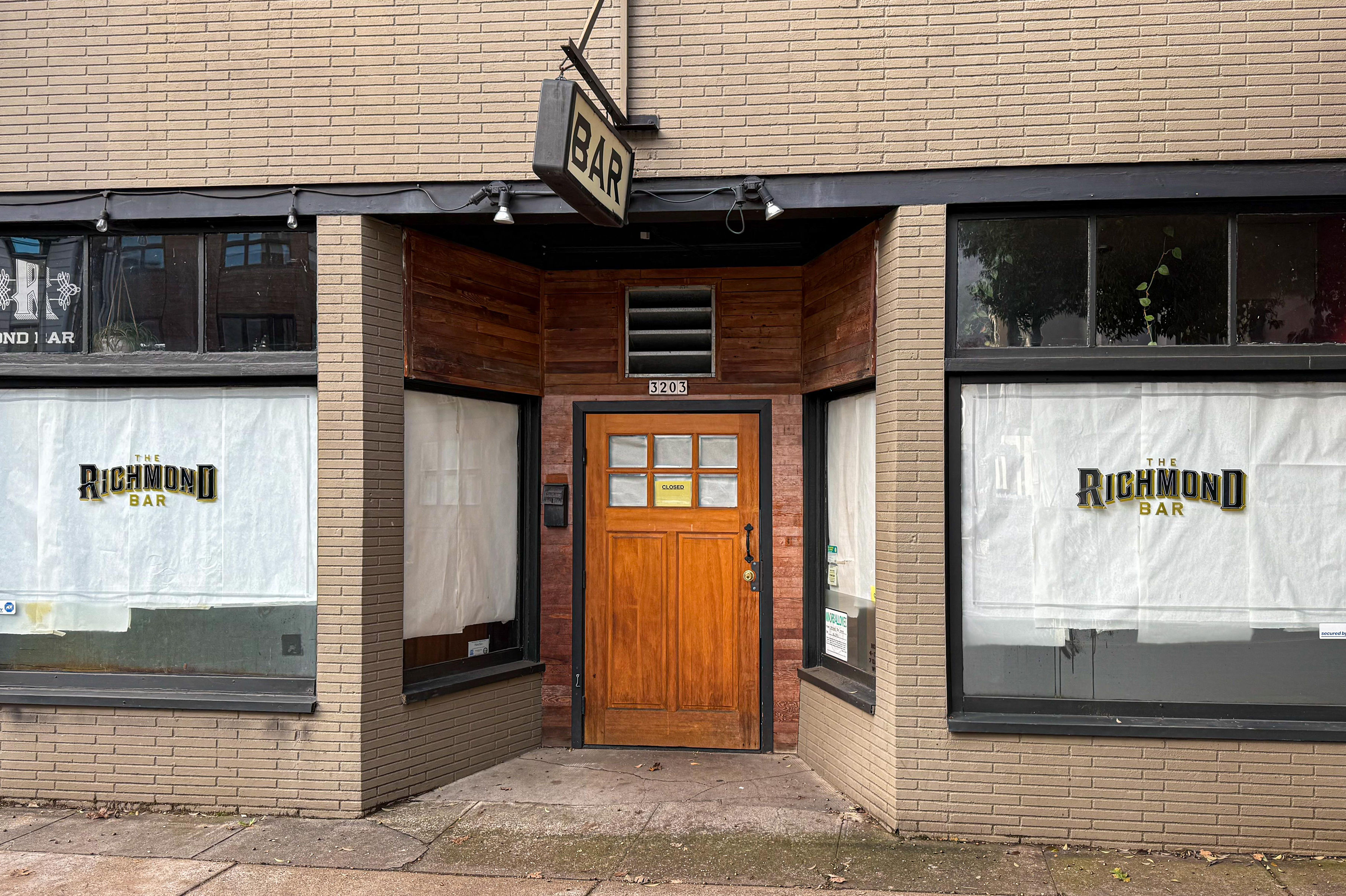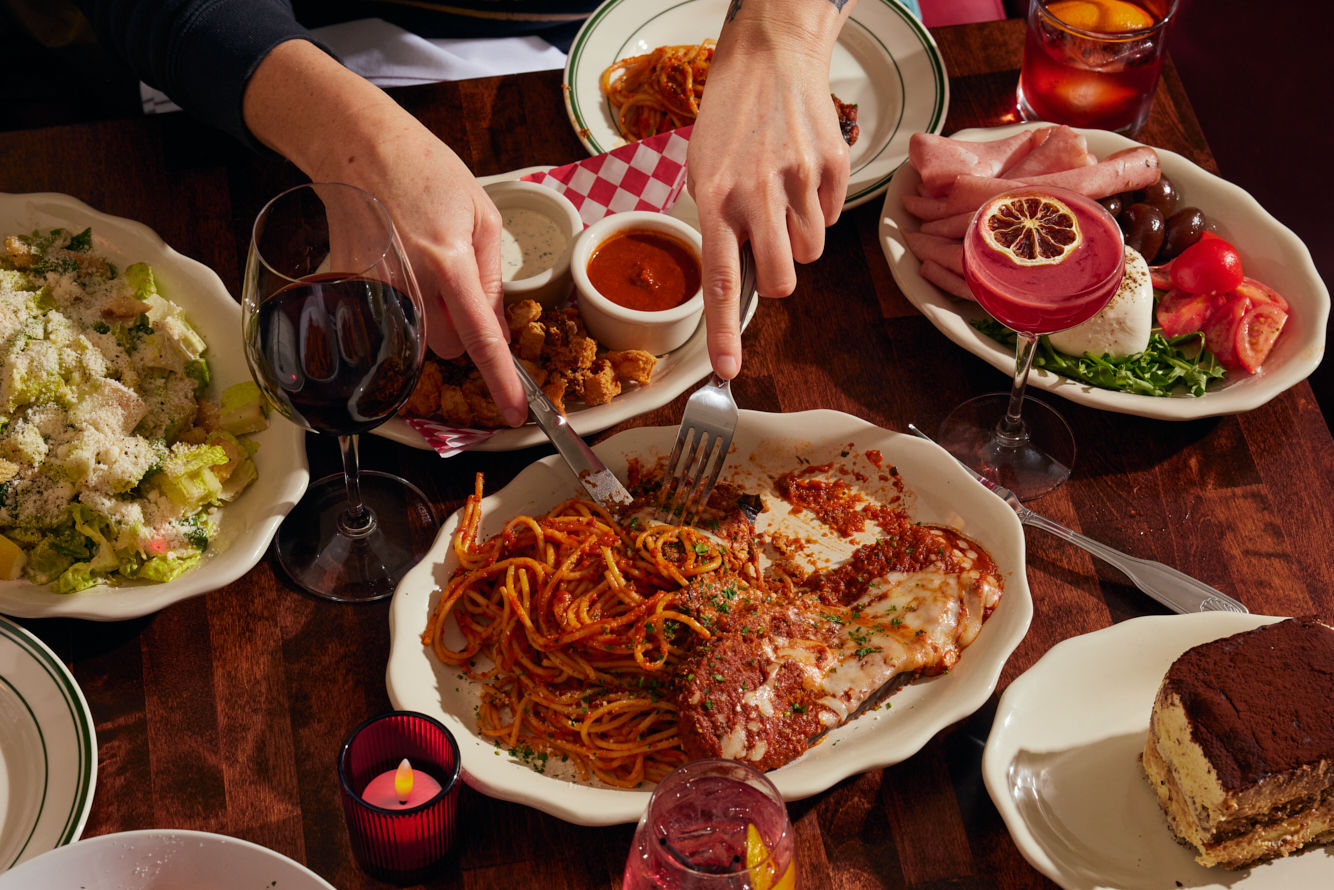What Multnomah County’s Four-Week Freeze Means for Restaurant and Bar Owners & Workers

Ricky Gomez of Palomar laid off all his hourly staff as a result of the statewide freeze.
Image: Courtesy Jordan Hughes
When Gov. Kate Brown announced a statewide freeze during a press conference last Friday, November 13, in order to curb the spread of coronavirus, the news just seemed to get worse and worse for Portland restaurants: The freeze would last four weeks minimum in Multnomah County, and both indoor and outdoor dining would be halted. Operations would be limited to takeout and delivery only. That freeze, which starts Wednesday, November 18, has translated into a freeze on income for many restaurant workers. Many have already been laid off, furloughed, or simply not given any scheduled hours for the foreseeable future. Meanwhile, many restaurant owners are scrambling to figure out how they’ll make it through this winter—a season that has already looked bleak due to COVID-19, and now looks even bleaker.
Bartender Lydia McLuen, who’s worked in the hospitality industry since age 14—a total of 15 years now—received the news about the freeze with a mixture of relief and despair.
“I love hospitality; I love what I do,” she says. “[But] I read the news, I see the COVID cases, and I see guests come into the restaurants that aren’t taking it as seriously. I know the risks involved with indoor dining, and I don’t want to get COVID. I don’t want my friends, or my loved ones, or the people coming in to get COVID either,” she says. “It’s just really scary to be on the front lines, because I’m [between] a rock and a hard place. I want to stay home, I want to save lives, I don’t want to go out. But I need to pay my bills, and without support I didn’t have any choice. I had to work.”

Lydia McLuen, bartending at the Hoxton during happier times
Image: Courtesy Devin White
From a financial perspective, McLuen is more concerned than ever. This is the third layoff she’s experienced this year. In March, she was laid off from her job as bar manager at Kex Hotel’s restaurant Dóttir, then was rehired over the summer when the hotel reopened with a rooftop bar and limited indoor dining. In September, she was laid off from Kex again when the restaurant shuttered due to wildfire smoke and rain. A month and a half ago, she landed a bartending job at the Hoxton, where she used to work—a job that she says received 300–400 applications. Now, she finds herself looking for work and filing for unemployment once more. Meanwhile, the end of the year is looming—COVID-related unemployment benefits will expire on December 26, and student loan deferrals and eviction moratoriums are set to expire on December 31.
“I’m going to be forced to choose between eating and paying my electricity bill, between paying rent and paying my student loans,” McLuen says.
Hostess and server Theresa Hanson, who most recently worked at Carina Lounge, has been laid off twice during the pandemic—once during the first shutdown in March, then again this weekend thanks to the freeze. Since she also works part-time as a dance instructor, she doesn’t expect she’ll qualify for unemployment. “I’m making just about too much for me to qualify, but I’m still not really making enough to cover my expenses,” she says. “I’m thinking about seeing if I qualify for food stamps.”
Ricky Gomez, the owner of Cuban bar and restaurant Palomar, says he was feeling “optimistic” about the winter prior to the freeze. Unlike many restaurateurs who have sunk significant costs into creating sheltered outdoor spaces, he decided against winterizing the rooftop patio after learning that a custom-made tent for the 2,400-square-foot space could cost up to $20,000, not including heating costs. Instead, the restaurant pivoted to indoor dining on October 1, purchasing two $1,200 HEPA air filters for the dining room and opening the large bay windows when weather permitted. That month, Palomar actually managed to make a small profit.
But with the freeze, Gomez has had to lay off all of his hourly employees—that means everyone except for himself and his chef. He’s covering the costs of his employees’ health insurance, which he normally covers half of, during this time (a rarity in the industry). For the first time since the pandemic started, Palomar is going to serve a takeout-only menu, serving food that’s less labor and prep-intensive since staffing is bare-bones. For instance, Cuban oxtail stew—which requires a spice rub, an eight-hour slow cook, and deboning—will be replaced by steak bites that get a quick, 30-minute marinade in mojo and a quick sear on the flat-top.
And though the bar is known for its daiquiris, Palomar won’t be able to serve cocktails to go. The Oregon bar and restaurant industry has been asking the legislature to consider legalizing cocktails to go for months. To-go cocktails are now legal in over 30 states, including neighboring California and Washington, but allowing to-go cocktails in Oregon would require legislative approval due to the way Oregon’s laws are written. Many in the industry had hoped that the legislature’s most recent special session on August 10 would include to-go cocktails on its agenda, but the item didn’t make the cut.
The Independent Restaurant Alliance of Oregon addressed a letter to Brown and Oregon policymakers on November 15, signed by more than 300 restaurant and bar owners and workers. The letter acknowledges the need for swift action, including closing restaurants, but points out that the food and beverage industry constitutes almost 9 percent of Oregon’s workforce—and that without relief, an estimated 75 percent of Oregon’s 10,000-plus restaurants and bars are at risk of permanent closure. The restaurant industry also affects a number of related businesses including farms, wineries, custodial services, and childcare. The letter asks for expedited unemployment claim processing and extended benefits; legislative changes before the end of the year, including legalizing to-go cocktails and a moratorium on commercial evictions; immediate financial relief for the food and beverage industry; and improved coronavirus testing and contact tracing.
Gomez is one of the signatories of the letter. “We know any assistance from the federal government is quite a ways away, with transition of offices and the Senate races in Georgia ... we’re focusing inward onto the state level.”
What can Portland restaurant lovers do about the freeze? Supporting your favorite restaurants by ordering takeout, if you’re able, is always a good idea—but regardless of whether takeout’s in your budget, Gomez encourages Oregonians to call or email the governor and the state legislature; IRAO’s website offers a number of ways to help.
Gomez expressed frustration at being asked to close suddenly without any form of relief from the state. “It’s a tough pill to swallow, because we’ve done all these things to create safe work environments, and we have footed the bill for it. I bought my air scrubbers. All these other establishments had created their outdoor spaces, bought propane [heaters], and spent their own money to create safe work environments ... not state funds, not federal funds. But yet, we are now the first to be shut down. We are enforcing all the rules,” Gomez says.
“It’s really heartbreaking to look at other states in the country and see different approaches,” says McLuen, who also signed the letter. “A lot of my bartender friends work in states where cocktails to go were approved, and they still have jobs. I know that was the kind of thing that could save a restaurant.”
“Sometimes it feels like all of the bartenders and restaurant owners and everybody affected, it feels like we’re just screaming into a void and nobody is listening,” she adds.
“My dreams were always to open a bar someday, and this year has just really made me feel like my dreams are unattainable. After a lifetime of dedicating myself to working, I am finding myself closer to being homeless than I am to ever reaching my dreams. And it sucks because I followed all the rules. We did everything that we could.”




